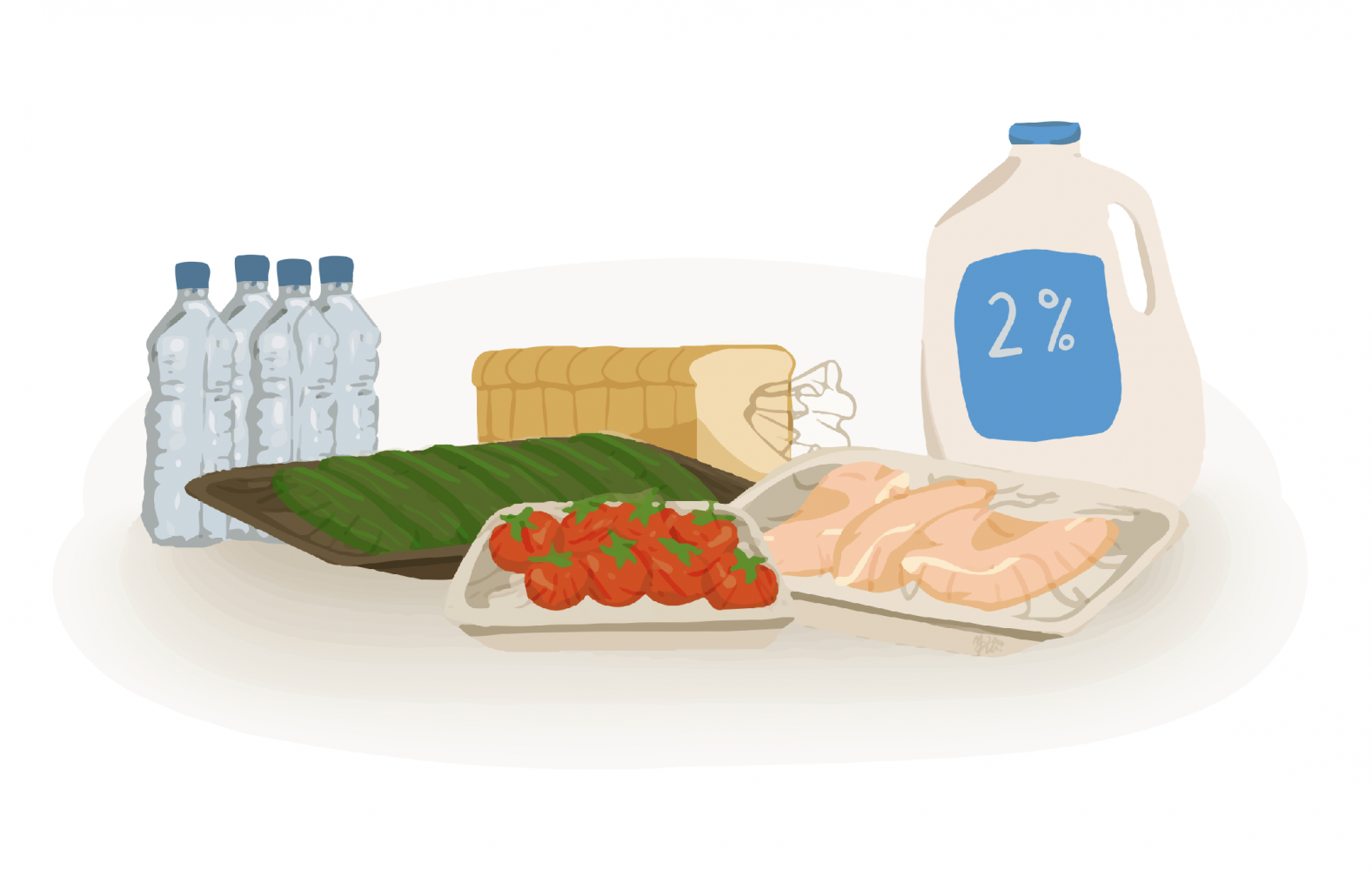Edible Packaging And What It Means For Sustainability
by Ryan Black | published Oct. 7th, 2016
Packaging science, like many other fields of study, has made promising advances in developing sustainable technology in recent years. Researchers have been seeking new methods of food packaging that could minimize the industry's environmental footprint without sacrificing efficiency and shelf life.
Just recently, the U.S. Department of Agriculture (USDA)'s research on milk proteins, as highlighted by the American Chemical Society, shows that those proteins are good candidates for edible packaging.
Edible Packaging
According to Professor Georgios Koutsimanis of RIT's Department of Packaging Science, edible films and coverings for food can be derived from many different materials.
"They can be made from polysaccharides, proteins — from milks, from eggs, from collagens. You can have polysaccharides from starch," said Koutsimanis. Some components can even be isolated from bacteria. The USDA, for example, has been experimenting with the milk protein casein.
According to Peggy Tomasula, a research leader and chemical engineer for the USDA, the new casein film is supposedly up to 500 times better at keeping oxygen away from food than the plastic that would typically be used. Since it is made from milk, it is also biodegradable, environmentally sustainable and safe to eat. Tomasula sees this as a potential way to keeping food fresh while simultaneously cutting down on plastic waste.
Potential Applications
The USDA team behind these findings is currently testing applications for the casein film to be used in packaging for single-serving foods or beverages. Casein dissolves in water, so using it this way could reduce packaging waste.
“Everything is in smaller and smaller packaging, which is great for grabbing for lunch, for school, but then it generates so much waste,” said Laetitia Bonnaillie, the USDA researcher who co-led the project, as quoted by Bloomberg. According to her, edible packaging of this variety has the potential to fulfill that need. For example, cheese sticks are one product for which she says plastic can be eliminated.
Koutsimanis sees potential utility for technology like this with products that typically come in smaller individual packages, like coffee creamer. These products' ability to dissolve into water is similar to that of dissolvable laundry detergent pods.
Carlos Diaz, a professor in RIT's Department of Packaging Science, mentioned how many meats and cheeses already have edible coatings which enable them to have a longer shelf life. For such technology to be widely implemented, Koutsimanis says it will have to be more than just a new means of containing food: it should also give people a new way of consuming it.
"If it could stimulate consumption for [a] product in a non-traditional way, maybe that would be a driving force for broader adaptation," Koutsimanis said.
"If it could stimulate consumption for [a] product in a non-traditional way, maybe that would be a driving force for broader adaptation."
Current Limitations
Since casein film is sensitive to water, single-serving wrappings or pouches made from it will still need to come in larger plastic or cardboard packages in order to protect it on shelves. While Bonnaillie noted that many products already come in similar containers — thus still presenting a potential opportunity to lessen waste — this highlights how food packaging needs to not only keep food fresh, but contain it and safeguard it from environmental conditions.
"It may give you some protection or a few extra days of shelf life in certain applications," Koutsimanis said in reference to edible coatings. "But it's probably not [going to] substitute for an outer layer, whatever provides a strong physical barrier from the environment."
Many of the components of edible packaging are water soluble, so storage, exposure to moisture, humidity and other external elements are factors in reaching necessary levels of performance.
Diaz explained how this necessitates the need for more traditional exterior packaging, and how, for the immediate future, it will relegate the utilization of edible films and coverings to a complementary yet effective role.
"I think it's going to be more in the applications where that layer, that extra layer of something that is edible, is going to provide an extra functionality, or an additional shelf life," said Diaz.
What it Needs to Prove
Both Koutsimanis and Diaz indicated that new forms of edible packaging will need to be able to perform as well as their more conventional counterparts in every single aspect in order to be widely accepted. Diaz noted how many of the current plastic wrappings being used for food products are currently doing a very good job at protecting food and keeping it fresh.
"The thing is, a lot of this technology they have to compete with the current system — that is maybe plastic. They have to compete in functionality and they have to compete with cost," Diaz explained. He adds that in order for companies to implement edible packaging on a mass scale, the technology will have to either compete in terms of costs or by bringing about a new innovative way of consumption.
"It has to really come and offer something new, something different," said Diaz. "But again I wouldn’t be surprised [if] it keeps growing every year and we start seeing more and more products in the years to come."
"It has to really come and offer something new, something different, but again I wouldn’t be surprised [if] it keep growing every year and we start seeing more and more products in the years to come."




